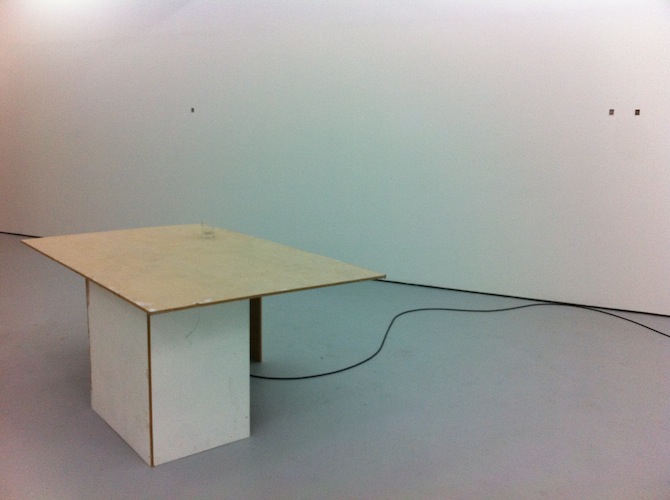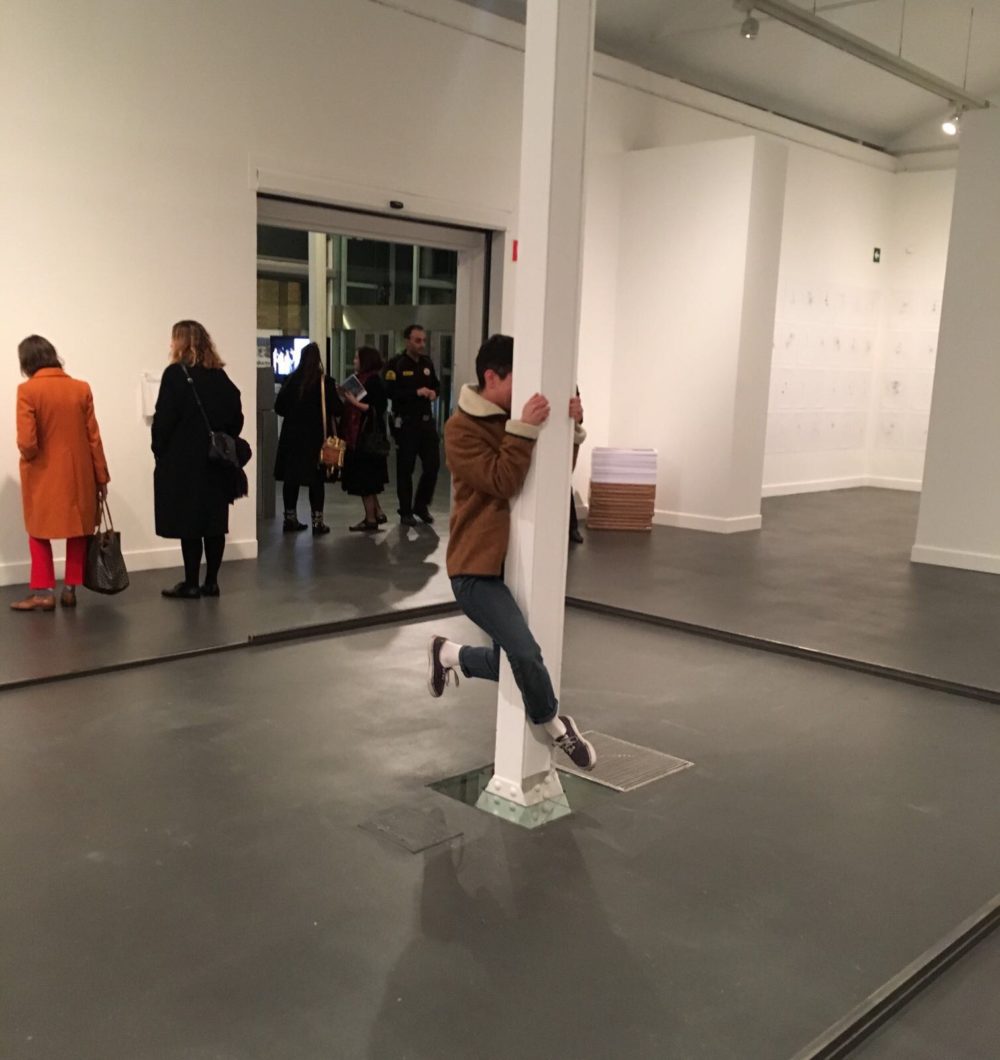Search
To search for an exact match, type the word or phrase you want in quotation marks.
A*DESK has been offering since 2002 contents about criticism and contemporary art. A*DESK has become consolidated thanks to all those who have believed in the project, all those who have followed us, debating, participating and collaborating. Many people have collaborated with A*DESK, and continue to do so. Their efforts, knowledge and belief in the project are what make it grow internationally. At A*DESK we have also generated work for over one hundred professionals in culture, from small collaborations with reviews and classes, to more prolonged and intense collaborations.
At A*DESK we believe in the need for free and universal access to culture and knowledge. We want to carry on being independent, remaining open to more ideas and opinions. If you believe in A*DESK, we need your backing to be able to continue. You can now participate in the project by supporting it. You can choose how much you want to contribute to the project.
You can decide how much you want to bring to the project.

There are some exhibitions that one enters without having planned to. Exhibitions that appear in passing, between the planned points of a specific route. Sometimes they augment the content of the category “points of passage”, a label marked by discontinuous amnesia, exclusive inclusion and a reversible indifference. At other times they abandon their circumstantial character to become outstanding exhibitions. There are times when these exhibitions “en route” house a degree of hesitation, a not knowing quite where to place them within the aesthetic archive. No doubt they cause the most problems at the point of establishing the narrative of an evaluation that goes beyond mere impressions. Undoubtedly they are also the type of exhibition where, given the effort involved in making a decision, they are left suspended, undecided… prudence?
Something like this happens with An Escalator Can Never Break, It Can Only Become Stairs by Steve Bishop, that appeared on a diversion on my route to another exhibition Gerard Byrne at the Whitechapel Gallery. And if this comment is relevant it is because when one is familiar with an artistic context, but not intimately, our evaluations as spectators are influenced by the symbolic weight of the exhibition spaces and/or the reputation of the artists. To enter a gallery for which one has no references, other than one’s own experience, to see the exhibition of an artist that one also isn’t familiar with can end up leading to the immediate exit from the space if nothing calls one’s attention. But it is also an opportunity to experiment a certain degree of tabula rasa, where the aesthetic (re)cognition derives from the works exhibited and not from who exhibits them or where they are exhibited.
An Escalator Can Never Break, It Can Only Become Stairs is an exhibition that borrows its title from the main installation of the Canadian artist, established in London, Steve Bishop, presented in the gallery Carlos/Ishikawa. The poetics of evidence enforced by the title accompanies almost all the pieces of an exhibition that begins where one usually ends: with this white visitors book where spectators are supposed to leave their commentaries, just as many adolescents leave their mark on the doors of public lavatories. Bishop decide to add his pinch of salt with a pencil on which is inscribed A Shared Vision is No Vision At All. There is a strong desire to pinch the pencil for no other motive than a simple adolescent urge for petty theft.
Amongst the collection of works gathered together, one part of the installation stands out, imposing its name on the whole grouping: a construction in wood, in the form of a table, on which there is an empty glass that turns on itself and which, thanks to its never-ending, continuous revolving, seems to be simply a glass on the table until one goes up and touches it with another irreverent urge. Ecstatic, empty and used. But a glass that breaks, unlike escalators, totally loses its function. A glass that nobody can drink from. This manipulation of the visual language of very everyday objects seems to be the theory on which the work of Bishop is based, who’s prior production had little to do with this aesthetic of the precarious explored in the exhibition. However this is something one finds out a posteriori after looking for information about the artist and not at the time.

An Escalator Can Never Break, It Can Only Become Stairs continues, as a piece, with the construction of a narrow passageway between two provisional walls where another hidden piece is inserted: When the Lights Go Out You Keep Moving, a projection where a revolving door, like the glass before, turns on its axis. And if it breaks it would also lose its function as a point of access. The exhibition continues on the walls of the gallery with If Everything Has a Place then Place too has a Place VIII -an isolated window that exhibits, like a shop window, a store with expressly constructed bits and pieces: Lamp Looks in Different Light -six minuscule prints, in which the content directly adheres to the title, How can One Thing in General be Many Things in Particular? -a piece of steel covered in paint that passes for a white canvas, which presupposes an exception given the consciously base and ephemeral material.
Beyond the aesthetic of the precarious that An Escalator Can Never Break, It Can Only Become Stairs establishes, that can be more or less pleasing, what is problematic in this exhibition are the titles. The conceptual derives of art highlighted the importance of the title. As being something capable of completing a meaning at the same time as opening up other possible readings. However, this rhetoric of affirmation that evidences what the artist intuits, rather than what the spectator thinks, can have another effect. By aiming to say more than what is apparently being said, it ends up saying nothing more.

artwriter_curator_esnorquelmaker_chocolateresearcher_technodancer__bikeenthusiast_coffeeaddicted_
"A desk is a dangerous place from which to watch the world" (John Le Carré)